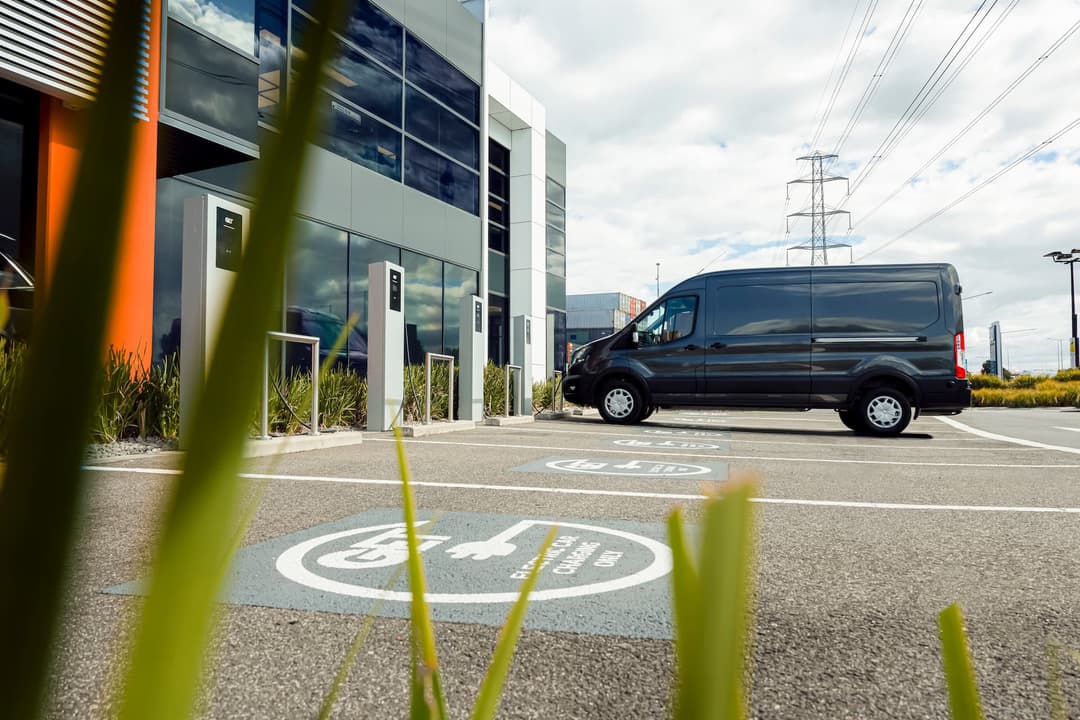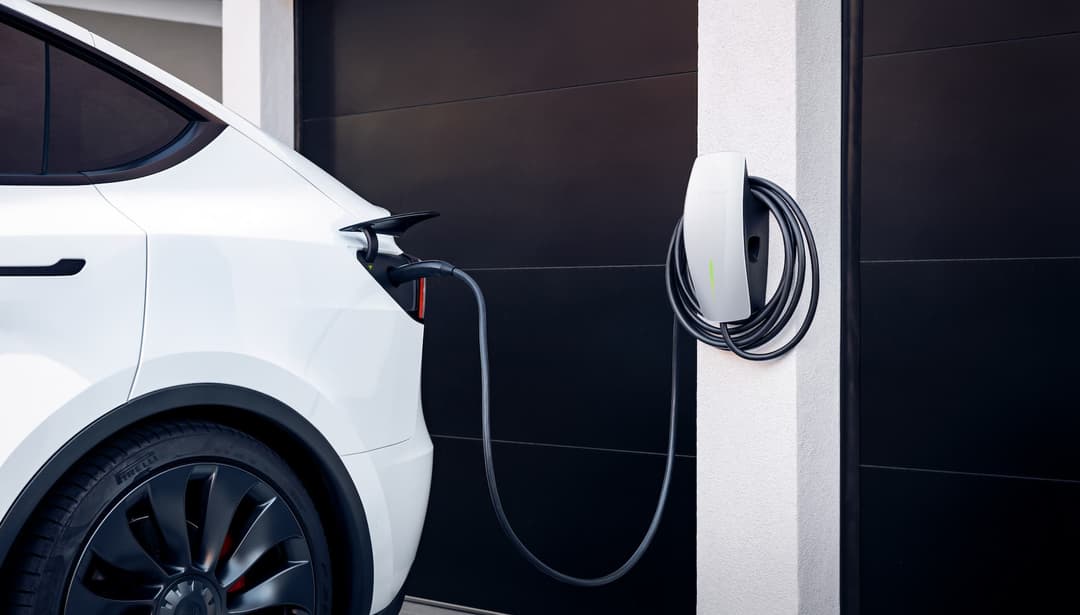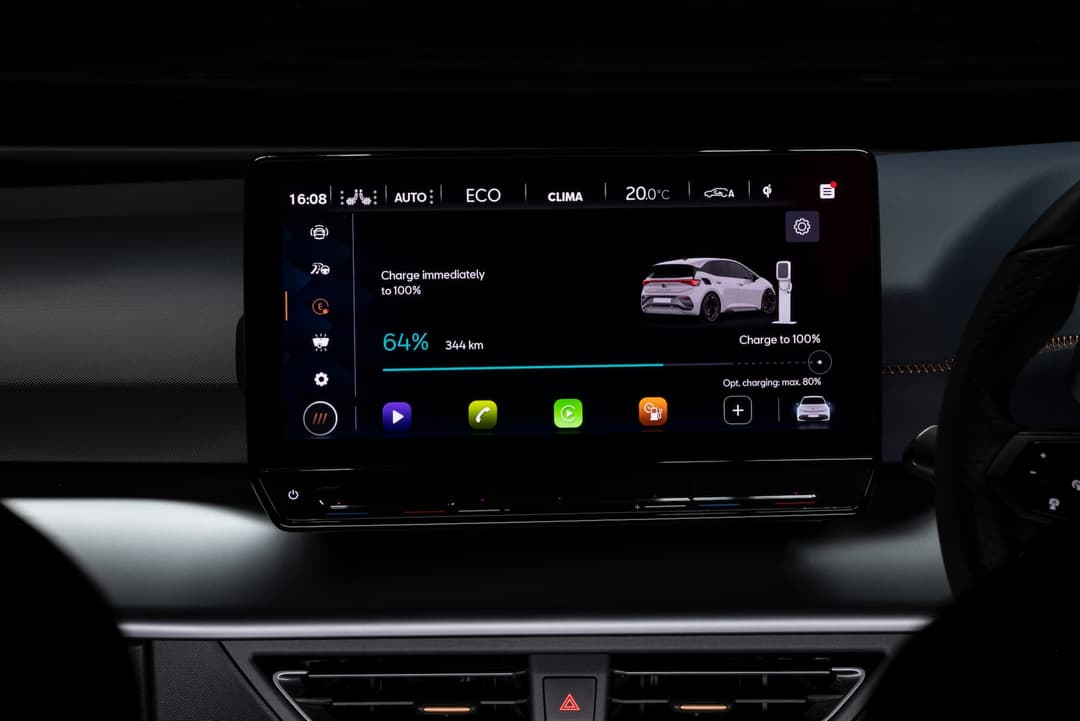
Key Points
- Guarantees fully charged battery overnight, essential for safe outside charging
- Novated lessors and businesses can accurately monitor electricity usage
- Can cost around $2000 in total
Looking to switch into an electric vehicle? Charging accessibility is often a key barrier, but do you really need to buy and install an EV charger for the home or business?
Most electric car models in Australia (notably except Tesla) come with a three-pin home socket charging cable. It’s usually called an AC ‘trickle charging cable’, ‘emergency charging cable’ or ‘mobile connector’, which can mislead buyers to believe that purchasing a ‘Level 2’ wall box charger is required.
Contrary, as the typical Australian travels just 40km per day, most EV owners can comfortably rely on the regular three-pin plug to recharge enough range for everyday use – provided you can access a socket.
So, what are the key reasons to buy and install an AC wall box EV charger?
What’s the charging speed?

Most Level 2 AC charging station models can output around 7kW on single-phase or 11kW on three-phase power – as opposed to the circa-2kW speeds from a standard domestic socket. It also benefits from less charging losses, so less energy is wasted.
The maximum charging speed will depend on whether your residential or business building can supply single- or three-phase electricity, which can be determined by looking at the fuse box – whether you have one or three main switches respectively – and the vehicle’s on-board AC charging capability.
By plugging in overnight, this would guarantee a fully charged battery (ideally up to the manufacturer’s charging limit recommendation) in a couple of hours for the start of every day for most EV models.
If you need to use up the full driving range capabilities daily (around 300 to 600km depending on the model, like Uber drivers), then installing an AC wall box is needed.
How much does it cost?

There are two factors to the total cost – purchasing the AC wall box unit and electrician installation fees.
There are a range of AC charger models available with single- or three-phase capability, different housing designs, socketed or tethered cables, and smart features such as Bluetooth or internet connectivity, solar panel integration, and bidirectional charging functionality.
Most cost around $1000 to $1500 and need to be mounted to a wall or dedicated pedestal.
Additionally, buyers need to account for procuring a qualified electrician to install it at your home or business, which will cost an additional $500 to $1000 depending on the building. If more wiring or a three-phase upgrade is needed, then it would cost more.
Some car brands, such as Genesis and Lexus, include a Level 2 AC charger and ‘standard installation’ for free as an incentive for purchasing a new EV.
However, if you live in an apartment and park in a shared undercover garage, you’ll need to work with all stakeholders to get legal permission to install any EV charging infrastructure.
Is it safer?

Wall box EV chargers are safer than a trickle charging cable with built-in software that controls the electricity load and overload protection.
If you need to park and charge outside the driveway, for example, then installing an AC charger is a must. The housing has ingress protection from water and dust to ensure safe charging during natural weather events.
Furthermore, the AC charger model should be bought from a reputable retailer and be a well-known brand, such as Tesla, Ocular, Wallbox, Zappi and Delta, plus the electrician should be experienced and qualified in installing chargers to ensure safe operation.
Key EV charger retailers and installers in Australia include EVSE and Jet Charge, but there are a growing number of local businesses as well.
What’s the benefit for novated lessors and fleets?

Besides the key advantage of having a fully charged battery (up to the manufacturer’s limit recommendation) at the start of every day, EVs on employee novated leases can easily sacrifice their charging expenses. The EV charger however will not benefit from the FBT exemption.
Most AC wall boxes integrate a connected app for owners to accurately monitor and record the electricity output.
While the Australian Tax Office (ATO) provides a formula to estimate it and there are accessories to monitor electricity usage from a three-pin plug, Level 2 chargers have this feature built-in. This may also be useful for business fleets for monitoring electricity usage.
If your home or business has solar panels installed, some AC chargers are also ‘smart’ by automatically charging when there’s sun energy generation to slash charging costs.
They can also set scheduled charging periods to automatically start and stop charging when there’s an off-peak electricity tariff – if the EV model doesn’t have this feature built-in.

Therefore, the key reason to purchase and install a Level 2 EV charging station is if you need a fully charged battery everyday or want to top-up quicker.
It’s also weather resistant for safe outside charging without any cover, EV owners on novated leases and businesses can accurately monitor electricity usage, and some models can automatically charge when it’s cheapest.
Buying and installing an AC wall box charger can be expensive, but it could be essential depending on your situation and needs.
Read more👇
How to save money on EV charging
Unlocking the Benefits of Salary Sacrifice Electric Cars in 2023
About the author
Stay up to date with the latest EV news
- Get the latest news and update
- New EV model releases
- Get money savings-deal

